Hire cart - {{ cart.TotalQuantity }} item{{ (cart.TotalQuantity != 1 ? 's' : '') }}
Cart is empty. Add gear you want to your hire cart and review them here.
There are no branches matching your search.
Login to view or create favourites and other benefits.
Register to start speeding up your hire process and keep track of your hire history.
Nice to see you again. We've made a few changes since you were last here.
Pick a colour
Favourites ({{ userFavourites.length }})
Add your frequently hired items to easily view and hire them again.
Keep your contact information with us up to date so you get the latest and best rates with us.
Hire cart - {{ cart.TotalQuantity }} item{{ (cart.TotalQuantity != 1 ? 's' : '') }}
Cart is empty. Add gear you want to your hire cart and review them here.
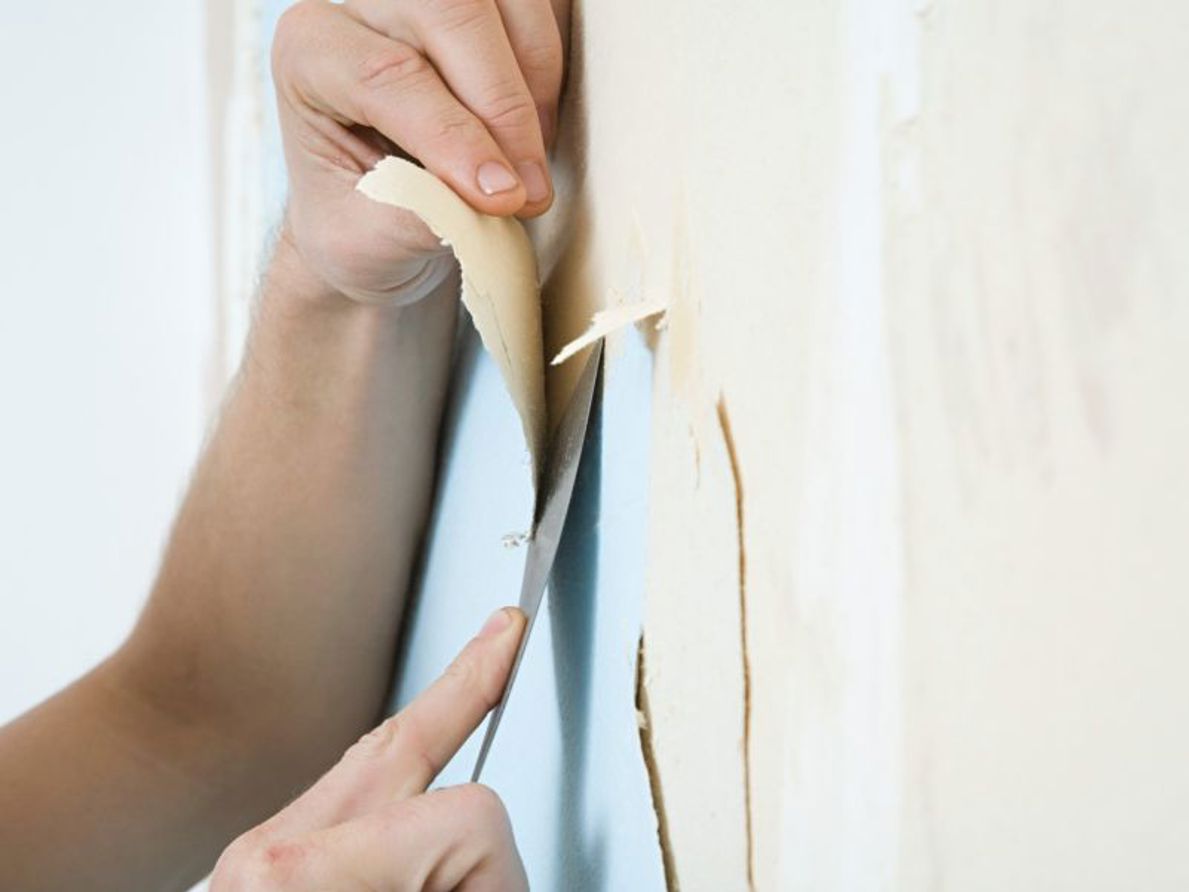
Is that ghastly wallpaper in the guest bedroom becoming too much to look at? Maybe the 1970s Flower-Power wallpaper needs to go, or you’ve come across some wallpaper inspiration you want to try. Well, we have good news as removing wallpaper yourself is a simple task when you use the right tools. Our guide to removing wallpaper easily will take you through all the steps involved; from prepping the walls, through to the beautifully bare walls you’ll be left with at the end. Not only that, but we’ll also go over what equipment and materials you may need.
Low Stock Call First
High Demand Product: We suggest making a booking for this item in advance.
Low Stock Call First
High Demand Product: We suggest making a booking for this item in advance.
Low Stock Call First
High Demand Product: We suggest making a booking for this item in advance.
Low Stock Call First
High Demand Product: We suggest making a booking for this item in advance.
Stubborn wallpaper can be difficult to remove cleanly with just a scrapper, and this can also result in damage to the drywall underneath. A wallpaper steamer makes light work of this job and will be your best friend, but chances are you won’t have one lying around at home. You can hire all the gear you need from Hirepool to get the job done safely and efficiently.
If you’re wanting to redecorate the walls, you’ve most likely questioned whether you can simply paint over the old wallpaper or just stick the new wallpaper on top. Sure, that could technically be done, but if you want great results it’s best to remove the old wallpaper first. New paint and wallpaper tend to adhere better to stripped-down surfaces. Sticking new wallpaper on top of old can also cause peeling down the track due to the moisture in the adhesives.
To begin, have a good look around the walls you’ll be working with and remove any pictures, hooks and obstructions from the walls. Once you’re happy everything’s gone, you should tape over any power sockets, light switches or telephone jacks to protect them from liquid. If you have any furniture or items in the room that you want to be careful of, it’s probably best to remove them from the working space, too.
You’ll also want to make sure the area where you’re working is well ventilated to release the moisture produced during the removal process. If it’s a relatively small room simply opening the windows should do the trick. Working in larger spaces or during cooler months? Hire a dehumidifier from Hirepool.
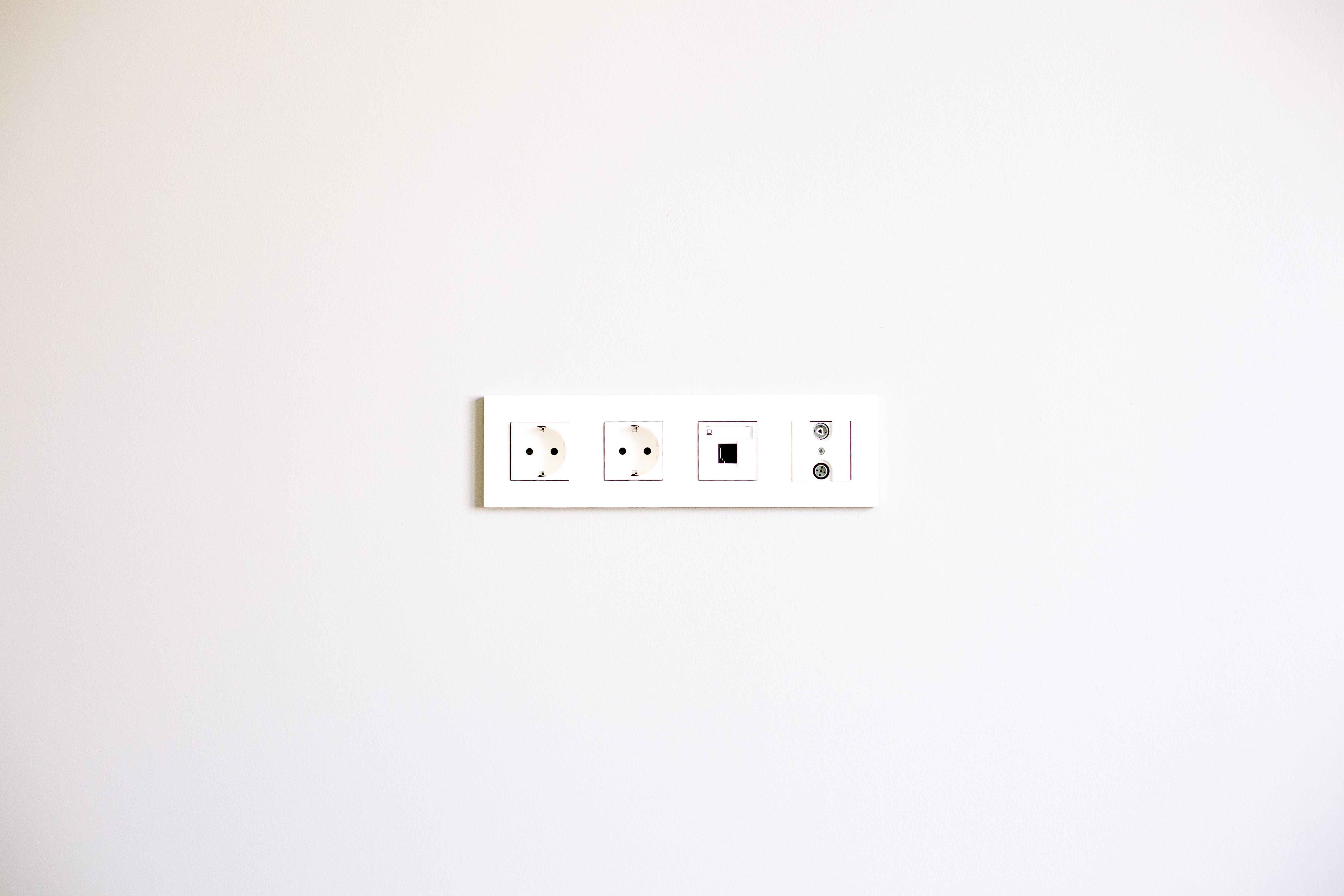
Next you should lay out the tarpaulin to cover the flooring and catch wet wallpaper as you remove it. We have a lot of different sized tarpaulins available for hire if you don’t have one on hand. If you’re going to be removing a lot of wallpaper and want to keep mess to the minimum, having a large container or rubbish bin on hand to throw the wallpaper waste in could be useful.
Wet wallpaper can stick to carpet and floorboards and be a real nightmare to remove, so protecting your floors are a must.
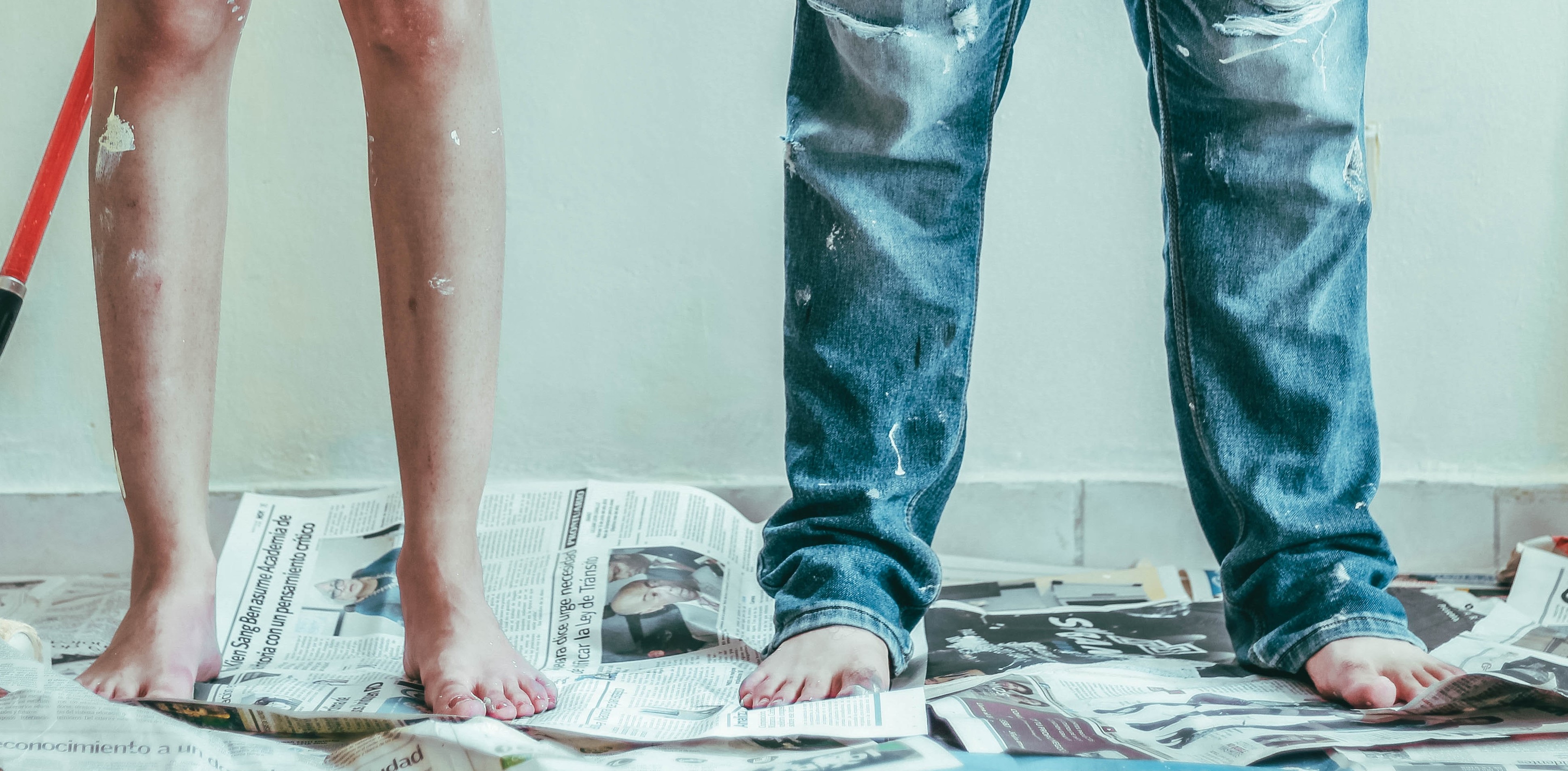
Now that your workspace is ready, make sure you’re familiar with the equipment you’ll be using to do the job. Working with heat and steam (if you’re using a wallpaper steamer), can be dangerous. Make sure you read the equipment manual and instructions for use, which are provided upon hiring, and follow the safety guidelines. Keeping children and pets away from the workspace is important, too.
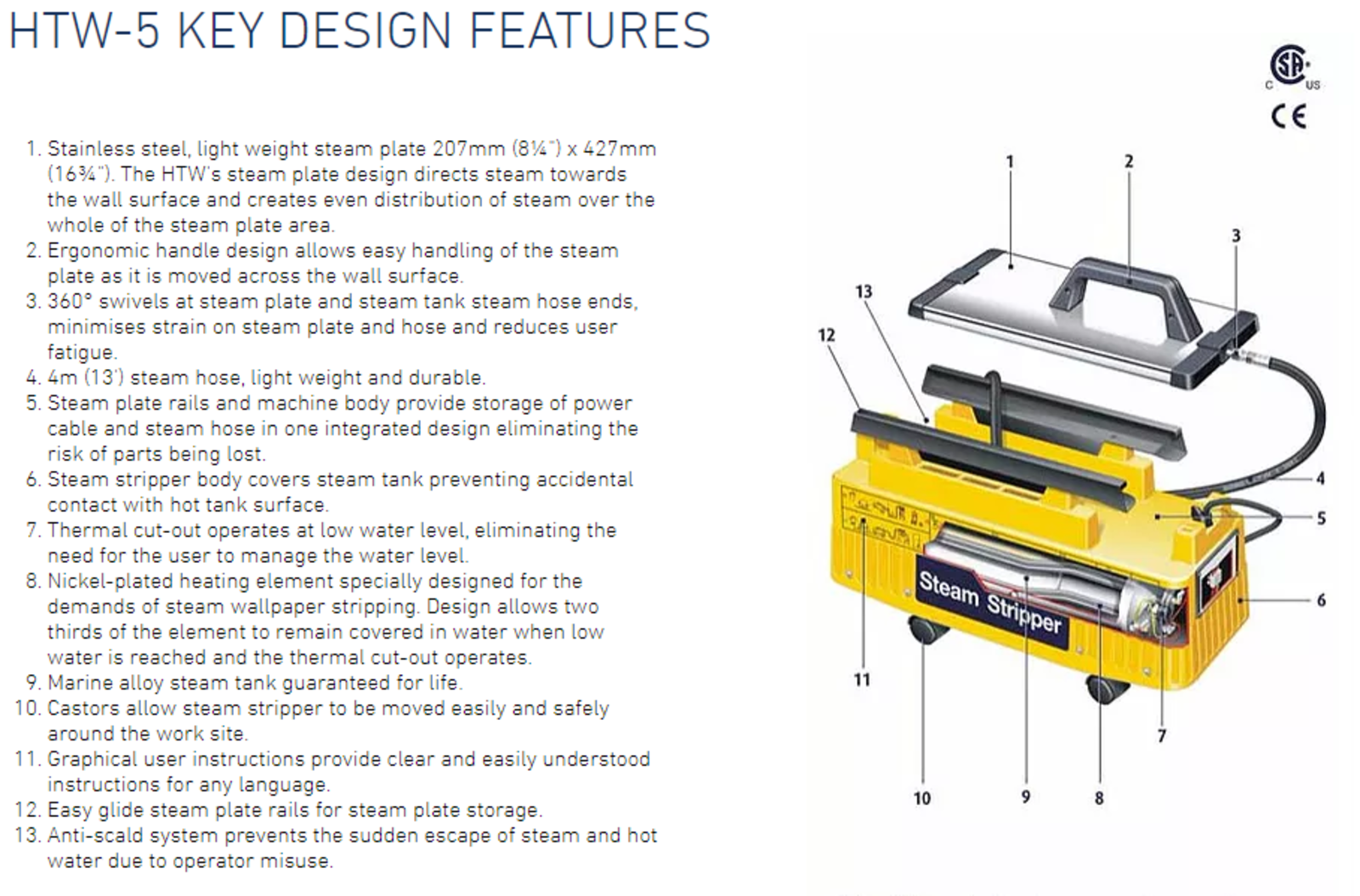
Once your room has been properly prepared, you need to set up your wallpaper steamer. To do this, first, place the steamer on the floor or a stable level work surface near the wall that will be stripped.
Remove the steam plate and lay out the steam hose and power lead. DO NOT plug it into the power supply.
While it’s unconnected to the power, remove the filler cap and fill the water tank with clean hot or cold water until it’s five centimeters from the top of the tank or to the full line indicated. Be careful not to overfill and then replace the filler cap tightly. (It won’t make much of a difference if you use cold or hot water, the steamer will heat up the water regardless).
Once you’ve done this, place the steam plate face up in a bucket or work surface. The tarpaulin or drop sheet will protect the floor/surface from condensation. Or, you can also pop the plate in a bucket or large plastic container, ready to collect water produced from condensation as the water is heated up.
Once you’ve done the above, it is safe to plug in the steamer. We recommend you use an extension cord and plug the plate into the power supply outside of the room you’ll be working in. This ensures no water can get into the outlets while you’re working.
The steamer will turn on automatically and start to heat the water. It will take approximately 10-30 minutes to start producing steam.
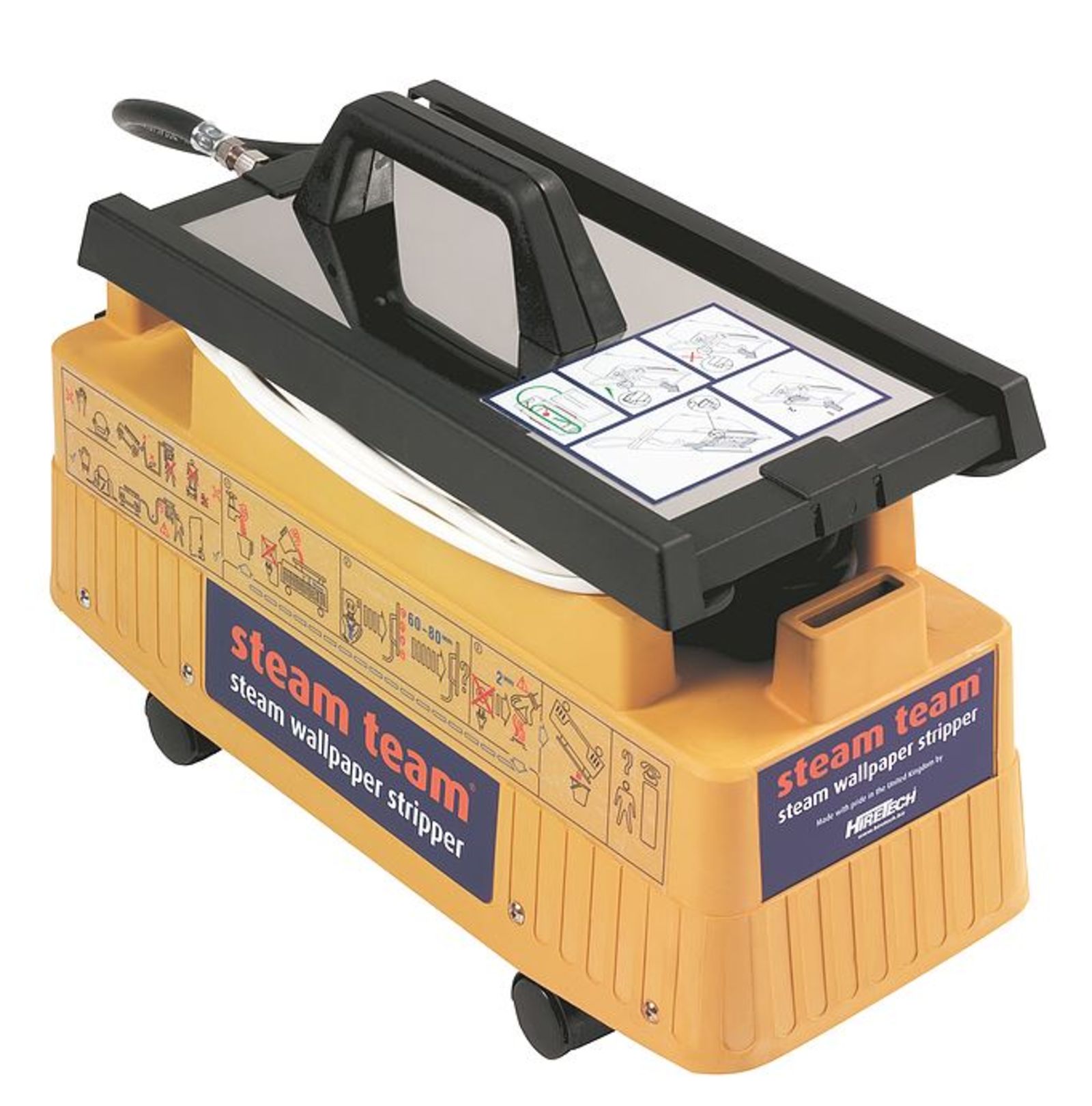
While the steamer is heating up, take your perforator tool, also known as a wallpaper scorer, and press it against the wall, rolling it in circular motions. You should see little holes appearing, which will help the steam penetrate the adhesive. Make sure you don’t press too hard or you may damage the drywall’s paper surface below, which can mean more work later if you’re removing the wallpaper to paint after. If you do happen to reach the drywall, you’ll need to use filler putty or paste to repair it.
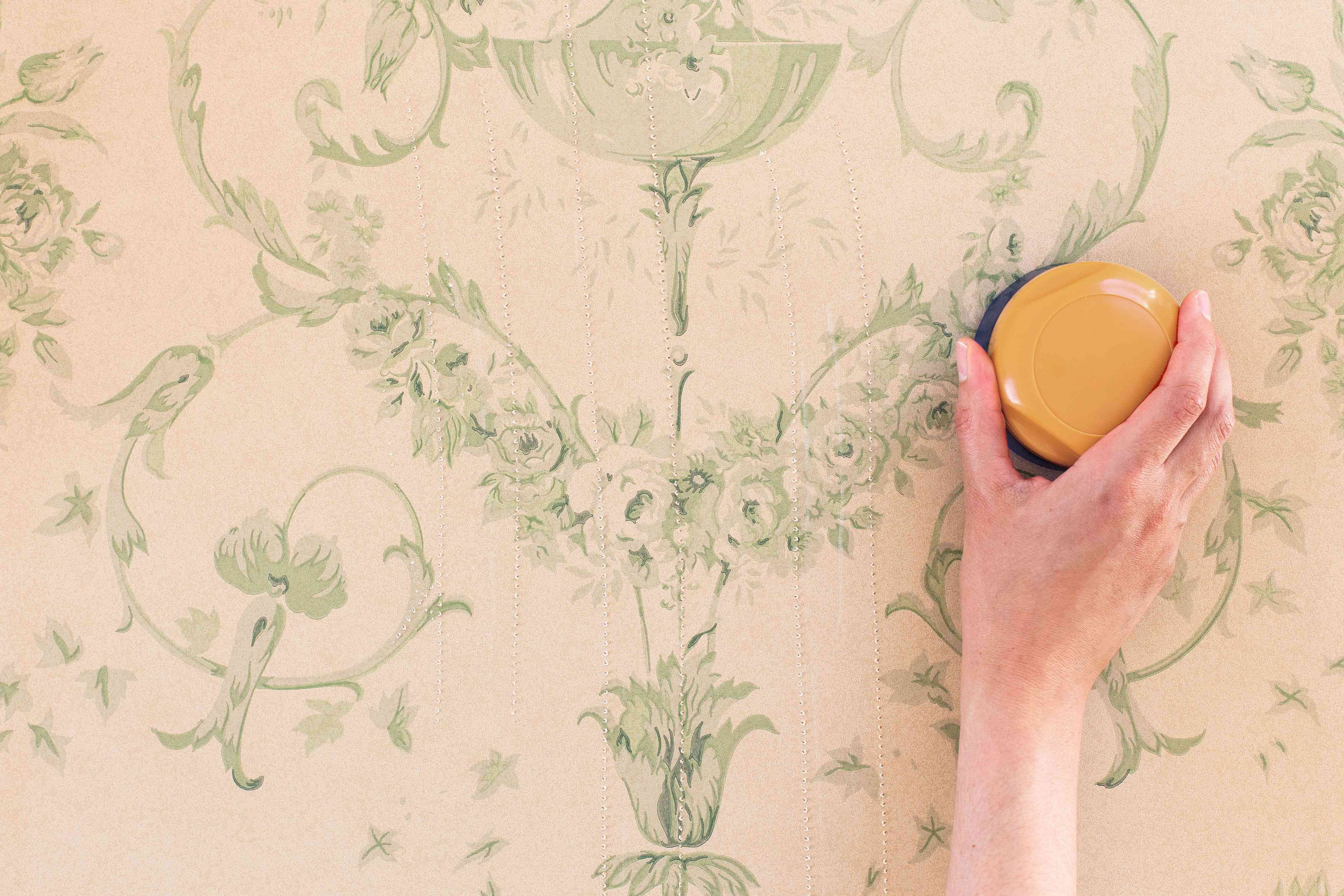
Now for the fun part - stripping the wallpaper!
Angle your stripping knife or scraper at 45 degrees to the wall, pointing the edge sidewards. Apply a bit of pressure to the tool and scrape from the top of the wall, downwards and across - stripping the wallpaper as you go. Some people choose to multitask - holding the steamer in one hand and scraper tool in the other and moving the steamer ahead of the area just stripped. That can work, but if you’d prefer to focus on one job at a time, you can rest the steamer plate in a bucket on the ground/surface - just be careful to not stand on it! Or, if you’re lucky enough to have a DIY-buddy, one of you could steam while the other scrapes.
Hirepool top tip: Don’t steam an entire wall before you start scraping, apply the paddle a few times and scrape the wallpaper when its wet. Don’t let the paper dry out!
Move around the walls, steaming and stripping the wallpaper as you go. Be careful not to apply too much pressure to the scraping tool as you may gouge the drywall underneath. If you come across any stubborn areas, just keep steaming that section until the glue loosens and you can scrape away.
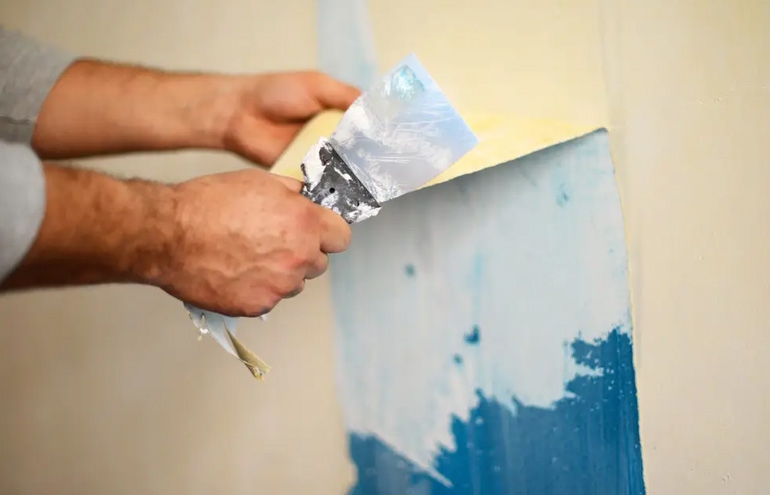
Once the steamer is ready, it should continue to run for up to an hour and a half before switching off automatically when it reaches a low water level (although this will depend on the model you are using). Take care to not let the steamer get empty as it can cause burnout. If your steamer shuts off during the process or looks to be running low switch it off at the wall, wait a few minutes for it to cool down or stop steaming and then refill the tank with water again. Use hot water if you want to get started again swiftly. The beauty of this happening automatically is that you don’t have to keep checking the water level, the tool will do that for you!
And, that’s it! You now know how to remove wallpaper the easy way. If you’d like some advice on the next steps from here, we have some useful painting and decorating tips you can browse.
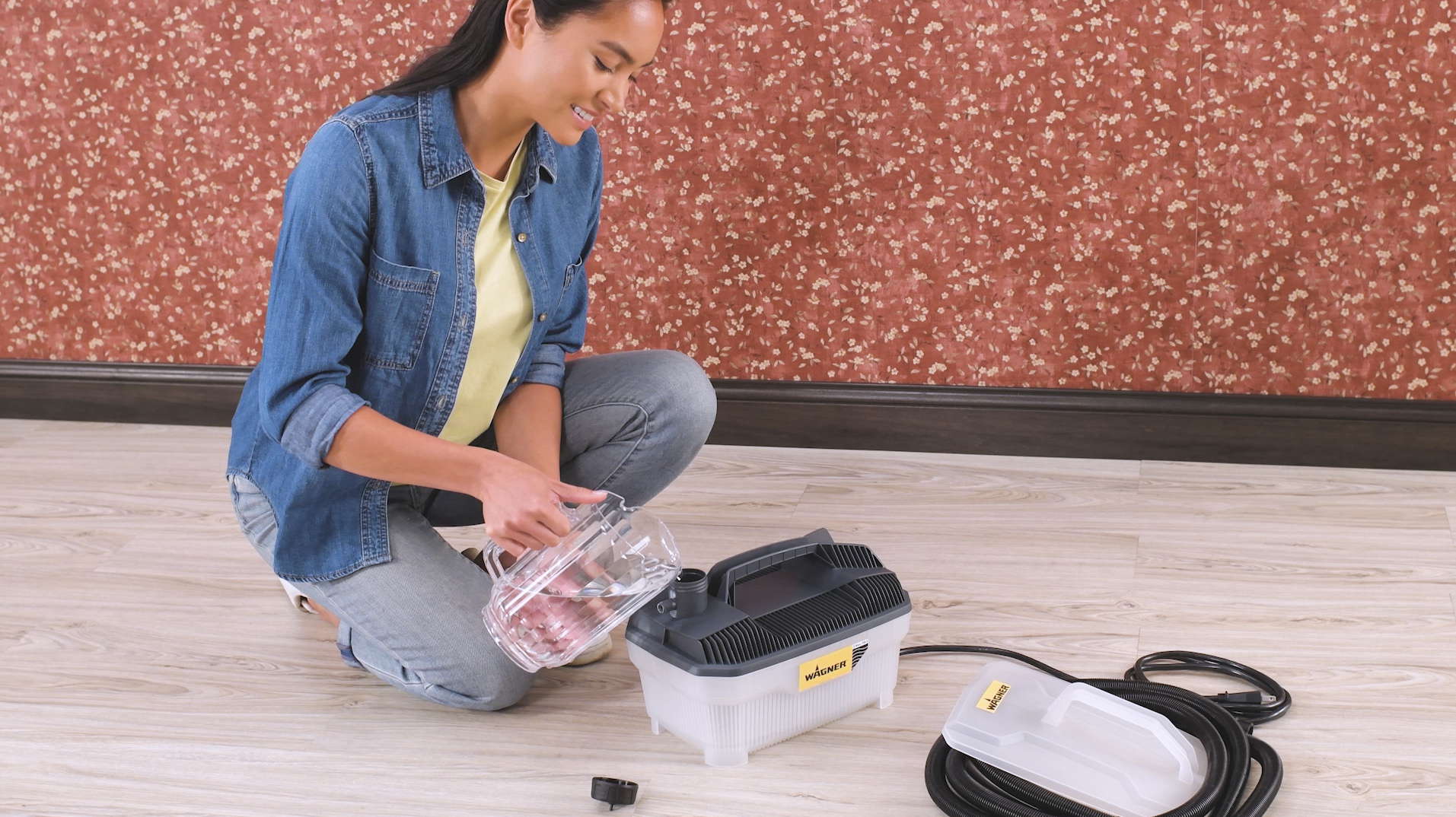
Now that you’re all clued up on removing wallpaper easily, it’s time to get started! Make your next weekend a DIY extravaganza with Hirepool. We have a variety of tools and equipment to help you strip wallpaper around your home - and much more. You can easily book online or get in touch with your local Hirepool branch to talk about hiring the right gear for your project. If you need any pointers or advice when it comes to choosing gear, our helpful team will be more than happy to help out. You can contact Hirepool on 0800 15 15 15, and your call will be directed to your nearest branch.
If you’re looking for other advice to do with your walls, check out our handy guides, including:
Low Stock Call First
High Demand Product: We suggest making a booking for this item in advance.
Low Stock Call First
High Demand Product: We suggest making a booking for this item in advance.
Low Stock Call First
High Demand Product: We suggest making a booking for this item in advance.
Low Stock Call First
High Demand Product: We suggest making a booking for this item in advance.